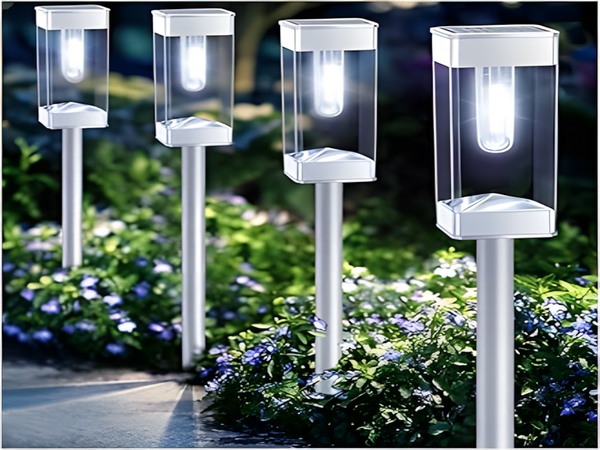
Nowadays, solar street lights can be seen in both urban and rural areas. Solar street lights mainly consist of solar panels, intelligent controllers, batteries, LED lights, lamp poles, and brackets. Among these, the battery acts as the “basement” or “logistics department” of the solar street light, responsible for storing and supplying energy. During the day, the solar panel converts the absorbed light energy into electrical energy and stores it in the battery. When night falls, the battery provides the stored energy to the LED street lights for illumination. So, what principles should be followed for the use of solar street light batteries? Here is an introduction from Century Sunshine Lighting.

Principles to be followed when using solar street light batteries:

1. The normal operating temperature range for sealed batteries is theoretically -15°C to 50°C. However, if the temperature is maintained between 5°C and 35°C, the battery’s lifespan can be extended. Below -15°C, the chemical composition within the battery will change, leading to charging issues. Although operating the battery in low temperatures can extend its life, the capacity will be reduced. In contrast, while higher temperatures may provide increased capacity, the lifespan will be shortened.
2. Solar street light batteries must be stored in a dry and cool environment. In a 20°C environment, maintenance-free batteries have a self-discharge rate of 3%-4% per month, which increases with rising temperatures. The designed float charging voltage is 2.3V per cell, meaning a 12V battery should be at 13.7V. Additionally, when the solar street light battery is on float or equalization charge, the gas generated inside the battery will electrolyze into water at the negative plate, helping to maintain the battery’s capacity without needing to add water.
3. If the battery is not recharged within 72 hours after discharge, sulfate will adhere to the plates, potentially damaging the battery. Maintenance-free batteries mean no liquid needs to be added, but regular checks should be made for cracks in the exterior and any possible electrolyte leakage.
This concludes our discussion on the principles to be followed when using solar street light batteries. We hope this article is helpful to you. If you have any further questions, feel free to leave a message, and we will respond as soon as possible.



